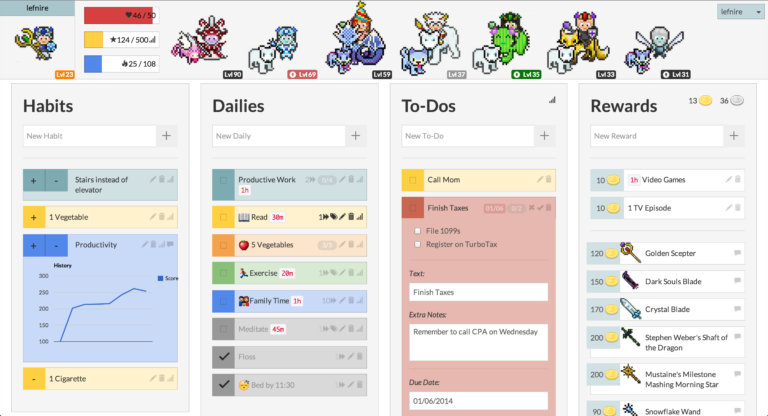VARK- What is it?
There are various types of individual learning styles or preferences that individuals may have. These learning styles are based on the idea that people have different ways of processing information and acquiring knowledge. While there are several models and categorizations of learning styles, one popular framework is the VARK model, which identifies four primary learning styles:
Visual learners: Visual learners prefer to process information through visual aids such as diagrams, charts, graphs, and images. They benefit from seeing information presented in a visual format and often have a strong sense of spatial awareness.
Auditory learners: Auditory learners learn best through listening and speaking. They prefer verbal instructions, discussions, and lectures. These individuals may benefit from reading aloud or discussing concepts with others to reinforce their understanding.
Read/write learners: Read/write learners prefer written material and have a strong inclination towards reading and writing. They excel at learning through textbooks, written notes, and lists. These learners often benefit from summarizing information in their own words and creating written outlines or flashcards.
Kinesthetic learners: Kinesthetic learners, also known as tactile learners, learn best through hands-on experiences and physical activities. They prefer to engage in practical tasks, demonstrations, experiments, and role-playing. These individuals benefit from actively participating in the learning process and may find it helpful to use manipulatives or engage in physical movements while studying.
It’s important to note that individuals may exhibit a combination of these learning styles rather than strictly aligning with a single type. Understanding one’s preferred learning style can help individuals tailor their studying techniques and seek out learning opportunities that align with their strengths and preferences. Additionally, incorporating multiple learning modalities can enhance the learning experience and promote a more comprehensive understanding of the subject matter.
A study conducted on third year nursing students to determine learning preferences in VARK. The dominant learning preference found was the read/write followed by kinesthetic. The conclusion showed most students able to effectively learn as long as the instructor provided different learning activities.
As America continues to move toward an online environment means of education, those with read/write and visual learning styles will benefit more than their peers.
To determine your preferred learning style based on the VARK model, you can take a short self-assessment test.
Please note that this is not an official or comprehensive assessment, but it can give you a general indication of your learning preferences. Answer the following questions to the best of your ability, and keep track of your responses:
When studying for an exam, do you find it helpful to:
a) Read and review written notes or textbooks?
b) Listen to recorded lectures or discuss the material with others?
c) Use visual aids like diagrams or charts to understand concepts?
d) Engage in hands-on activities or practice through physical demonstrations?
When presented with new information, do you tend to:
a) Read the written material thoroughly?
b) Listen carefully to verbal explanations?
c) Observe visual representations or diagrams?
d) Prefer engaging in practical or interactive experiences?
How do you typically remember things best?
a) By reading and writing notes or lists?
b) Through discussions or explaining concepts to others?
c) By visualizing or picturing information in your mind?
d) By physically doing or experiencing something?
When working on a project or assignment, which approach do you find most effective?
a) Organizing and planning through written outlines or step-by-step instructions?
b) Discussing ideas and collaborating with others?
c) Using visual aids like charts, graphs, or diagrams to represent data?
d) Engaging in hands-on activities or simulations to explore concepts?
Now, count the number of times you selected each letter (a, b, c, d) and identify the one that appears most frequently. This will provide an indication of your preferred learning style based on the VARK model:
If you selected mostly “a,” you may have a preference for the Read/Write learning style.
If you selected mostly “b,” you may have a preference for the Auditory learning style.
If you selected mostly “c,” you may have a preference for the Visual learning style.
If you selected mostly “d,” you may have a preference for the Kinesthetic learning style.
Keep in mind that this is just a brief self-assessment, and there are more comprehensive assessments available for determining learning styles. Understanding your preferred learning style can be a starting point for developing effective study strategies that cater to your individual strengths and preferences.
 You can check out Matt’s LinkedIn account, Youtube Channel, or Podcast.
You can check out Matt’s LinkedIn account, Youtube Channel, or Podcast.Introducing my new books, ‘The Art of Critical Thinking’ and ‘The Critical Thinking Model’. Both can be read for free with Kindle Unlimited or $2.99 each via Kindle.
Cross post: Linkedin



